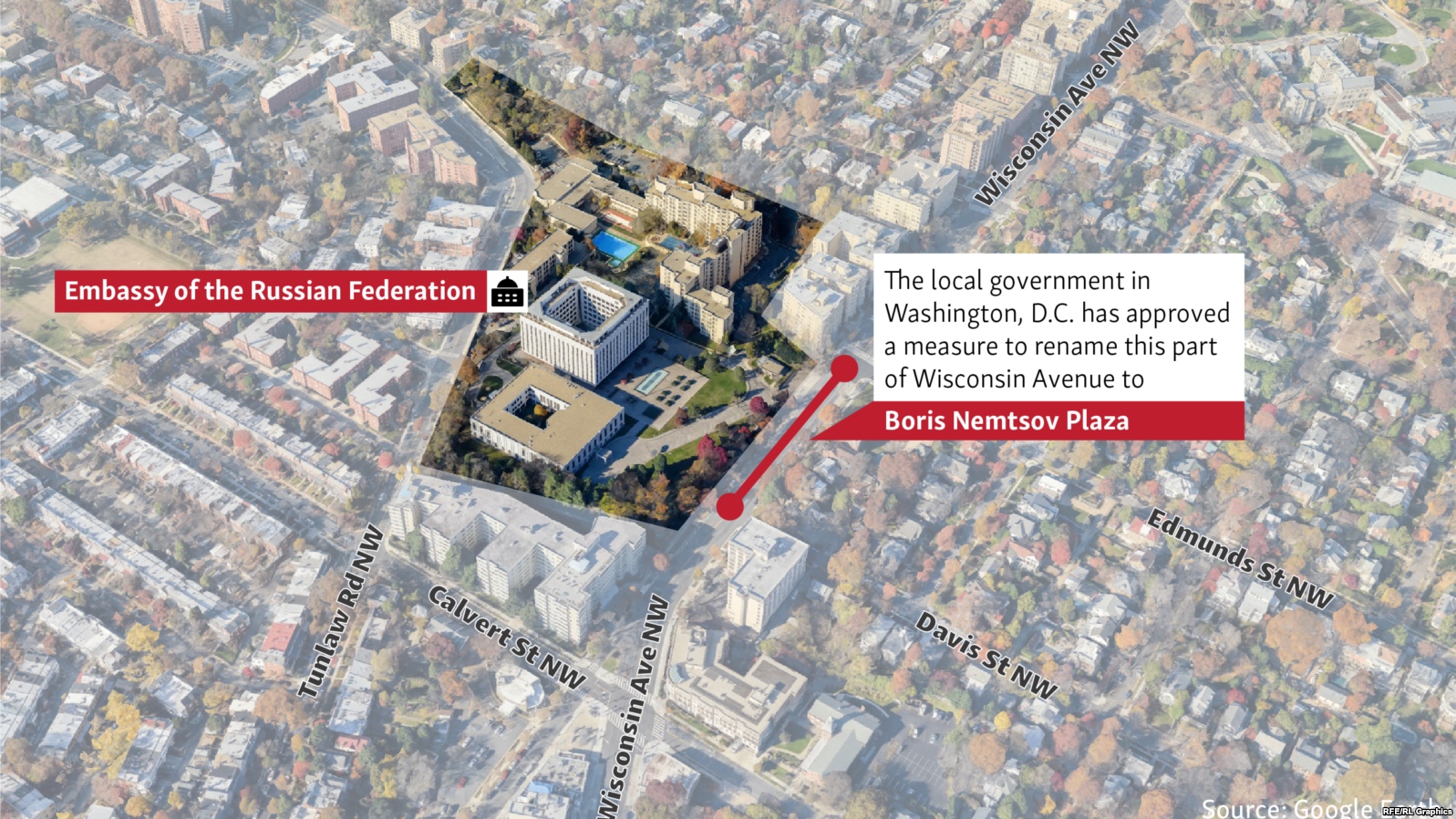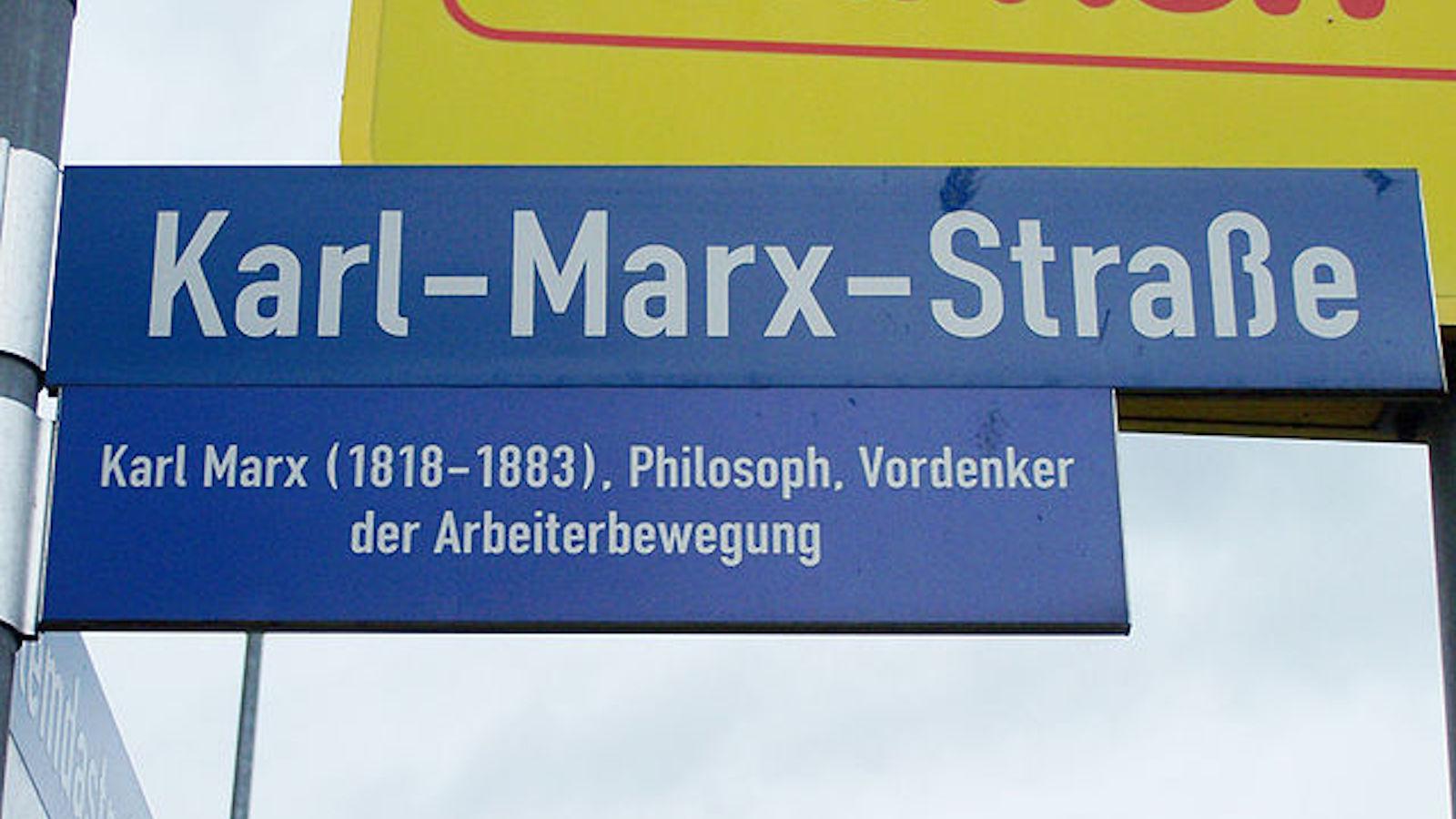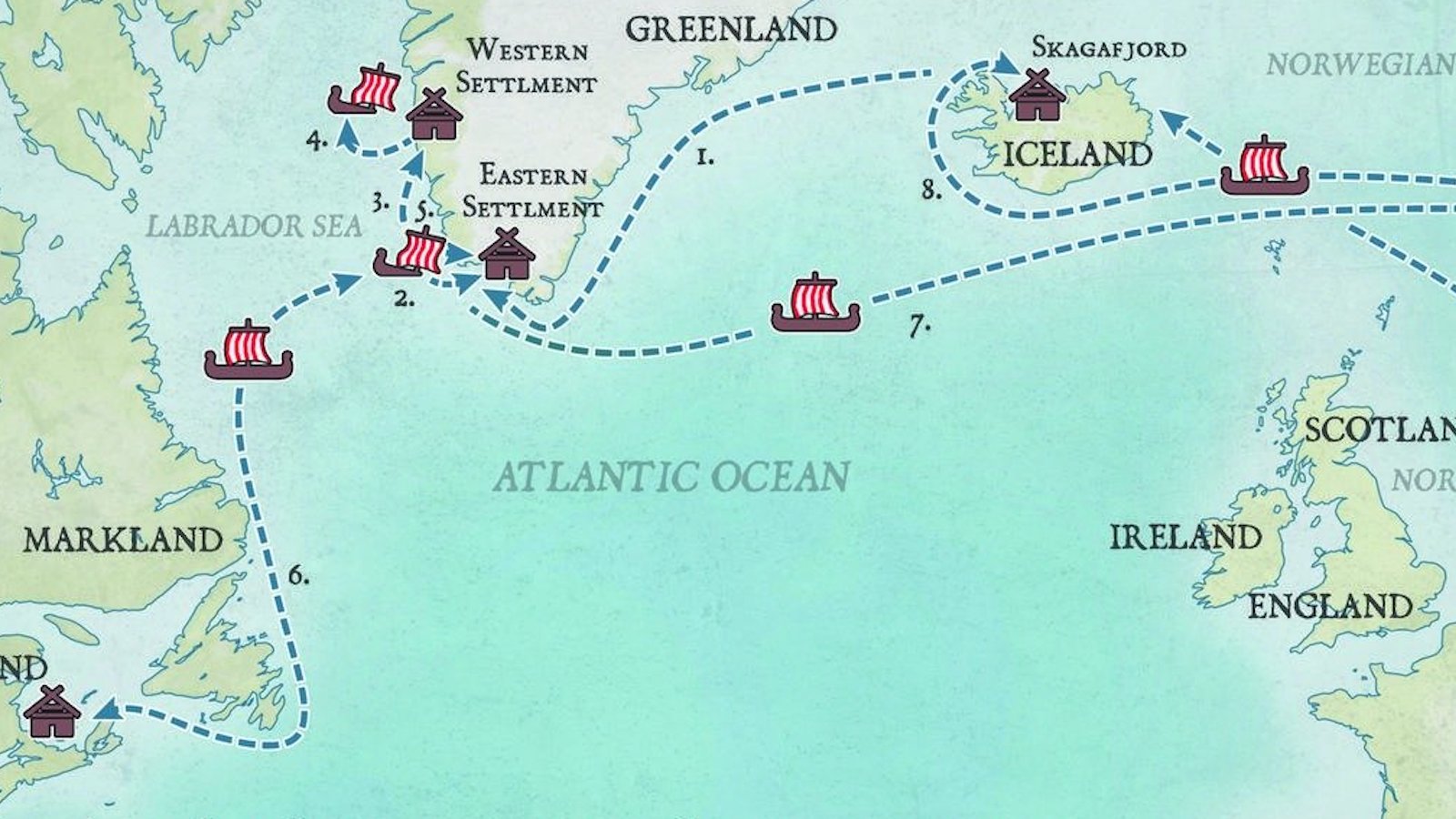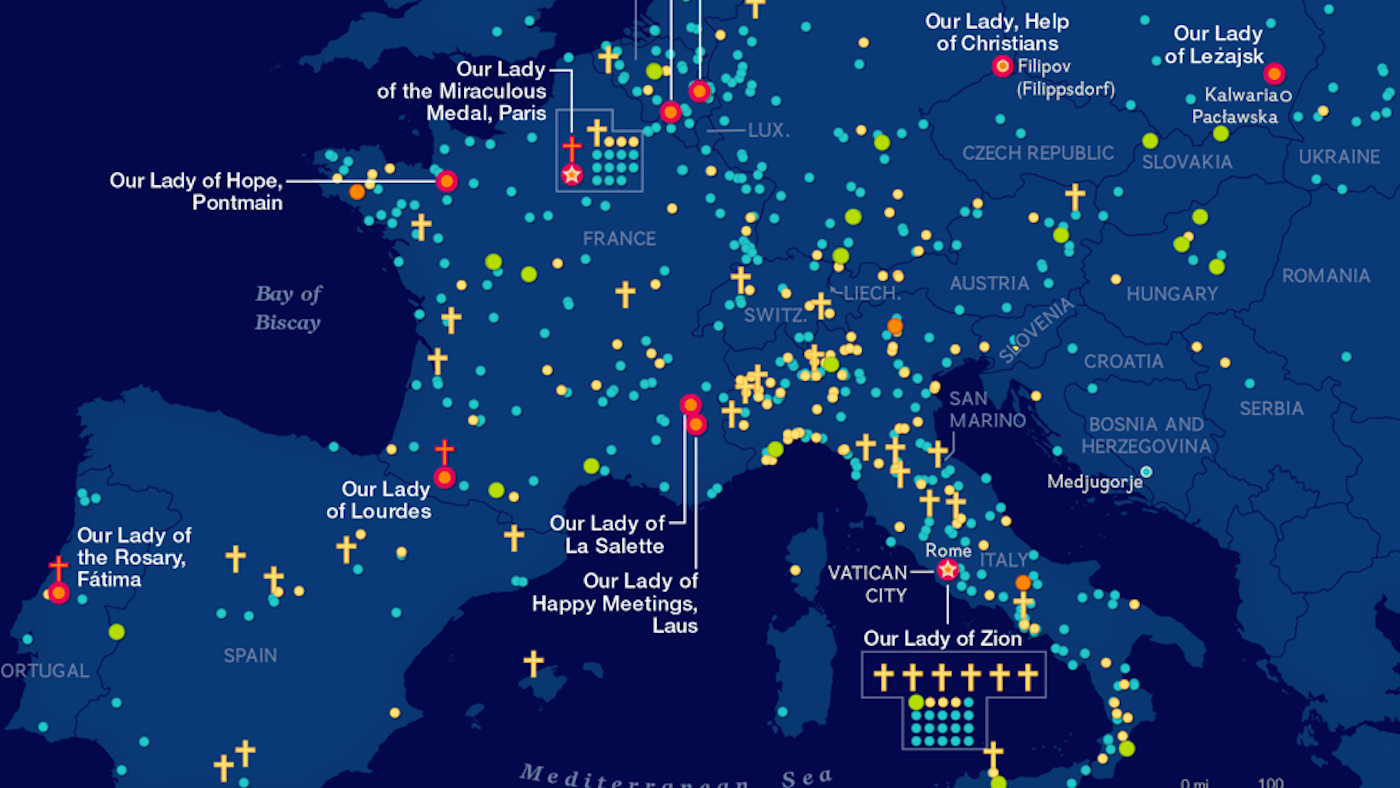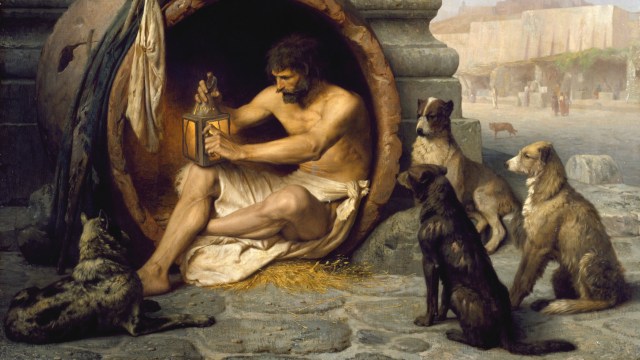The most popular person in European street names is a woman
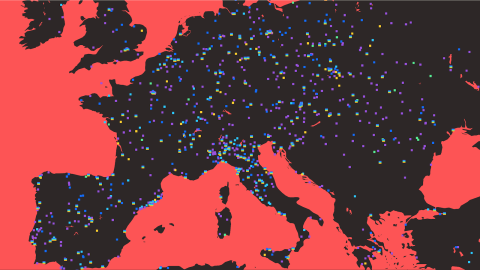
- The Virgin Mary is the most popular person on street names in 30 major European cities.
- Collectively, however, streets named after men outnumber those named after women ten to one.
- Even if all new streets were named after women, the imbalance would take centuries to rectify.
Show me your street names, and I’ll tell you how gender-imbalanced your society is — or, more likely, was. In Europe, that imbalance is ten to one: For every ten streets named after men, there’s only one named after a woman. The most popular person in European street names is a woman, though: the Virgin Mary, in a wide variety of appellations.
146,000 streets in 17 countries
So says Mapping Diversity, a project that analyzes representation in street names across Europe. Its researchers analyzed close to 146,000 streets in 30 major cities across 17 European countries. More than one-third (nearly 53,000) were named after people, with just under 48,000 named after men, and just under 4,800 after women — less than 10% of all streets named after people. (About 0.5% were named after people who were non-binary or of uncertain gender.)
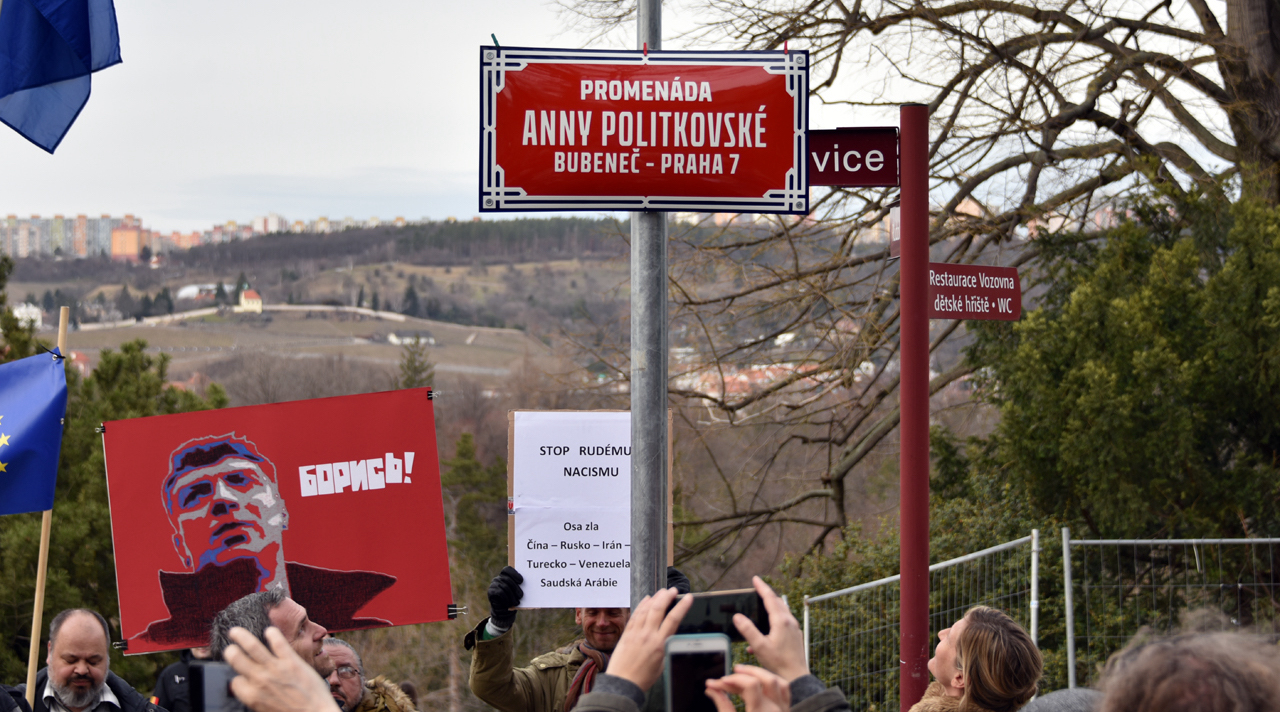
“It’s a subtle reminder of who our society values, or has valued, and who it doesn’t,” the project website says. “The preponderance of male figures in our streets is not only evidence of a historical and cultural fact, but also a force, subliminal but constant, that contributes to perpetuating the marginalization of female contributions in history, art, culture, or the sciences.”
Some cities do better than others, but even the top three — Stockholm (19.5% of named streets are named after women), Copenhagen (13.4%), and Berlin (12.1%) — don’t even get close to 50-50. But at least they score in the double digits, which can’t be said of the worst performing cities: Athens (4.5%), Prague (4.3%), and Debrecen (2.7%), Hungary’s second largest city.
The two most popular people are both women
There’s some consolation (and compensation) in the individual rankings. Not only is the Virgin Mary far ahead of the pack (with 365 streets), the second most popular person is another woman: her mother, Saint Anne (35 streets). The third most popular person overall is the Apostle Paul (28 streets).

Marie Curie (24), the third most popular woman on street signs, is the odd one out for being a scientist. The rest of the female top 10 is entirely religious: Mary Magdalene (18), Teresa of Avila (16), Catherine of Alexandria (15), Saint Barbara (12), Clare of Assisi (12), Saint Lucy (11), and Martha (11).
Taken as a whole, however, the majority of the 3,200 women in European street names are not from the religious category. Most are cultural figures, with writers being the most common profession, and most are from the 19th and 20th centuries. The most recent woman to be added in multiple countries is Anna Politkovskaya, the Russian journalist murdered in 2006. There are streets named after her in Prague, Paris, and Rome.
Apart from the saints and other religious figures (many of whom originate in the Middle East), virtually all women were born in Europe. The only exceptions — at least in the 30 cities surveyed — are Indira Gandhi (an Indian Prime Minister) and Miriam Makeba (a South African singer).

Some interesting disparities: In the world of music, the men honored with a street name tend to be composers, the women singers. In cinema or theater, almost all women mentioned are actresses, only one was a director. This woman was Chantal Akerman, one of whose works was recently proclaimed the “best film of all time.” She is one of five women who died after the year 2000 to have a street named after her. Only one man who died after 2000 — Pope John Paul II — had the same fate. Are things changing for the better?
Cities where things keep getting more masculine
None of the cities analyzed by Mapping Diversity has come anywhere near to closing the gender gap in street names. In fact, some have continued to make it worse: “Amsterdam, Berlin, Milan, and Valencia, for instance, continued to dedicate more streets to men than women in the years between 2012 and 2022.”
Despite the prevalence of public spaces named after the Virgin Mary and Saint Anne, just 6 of the 100 most popular figures in the street names of 15 European capitals are women.

“Unfortunately, the current gender gap in street names is staggering, and this issue must be addressed,” Mapping Diversity says. “One way to make progress is to call upon the toponymy commissions of our cities to recognize this problem and take action to ensure that underrepresented figures and their invaluable contributions are acknowledged in our urban space.”
Milan has learned the lesson: It now adheres to an equal gender ratio, honoring a woman with a new street name for every man who gets one. There is a problem, however: The commission in charge gets about ten times more proposals for male names than for female ones. Another obstacle is that European cities aren’t growing as fast as they used to, which means the number of new streets per year is relatively small. Even if they were all named after women, it would still take centuries before women catch up with men, who are almost 43,000 streets ahead.
Strange Maps #1206
Got a strange map? Let me know via strangemaps@gmail.com.
Follow Strange Maps on Twitter and Facebook.
